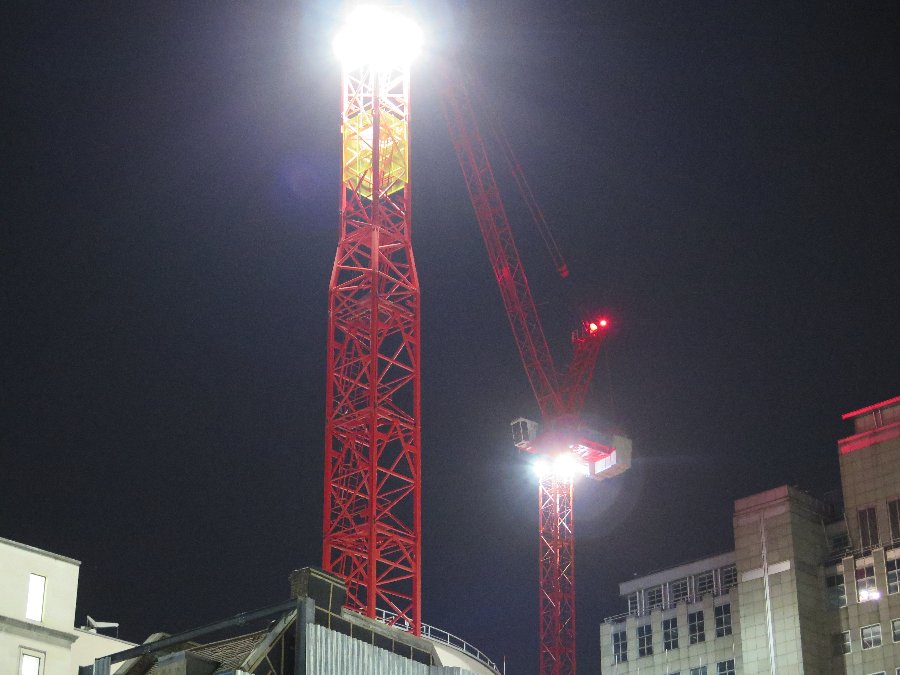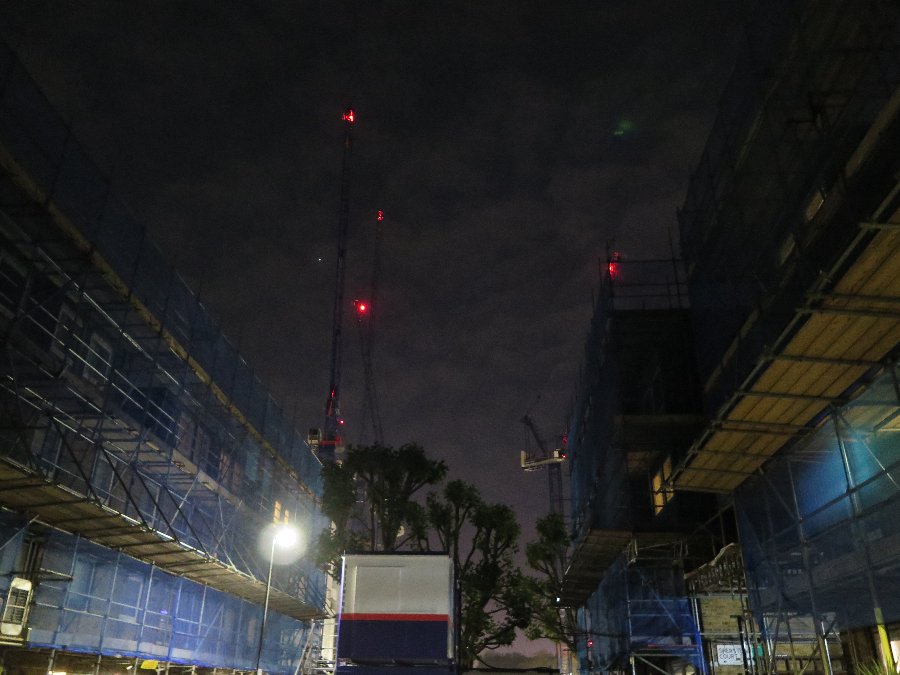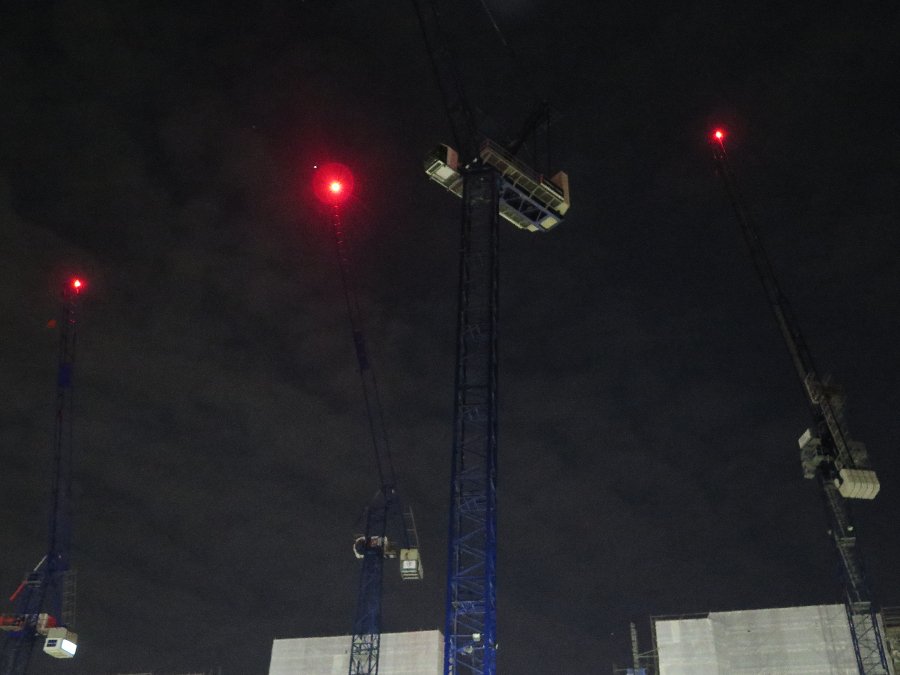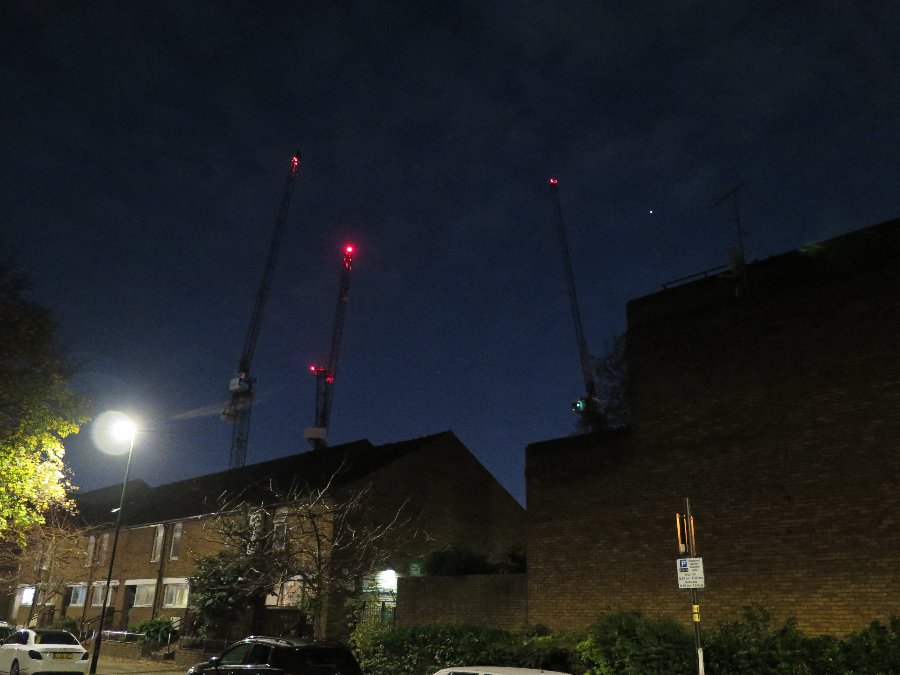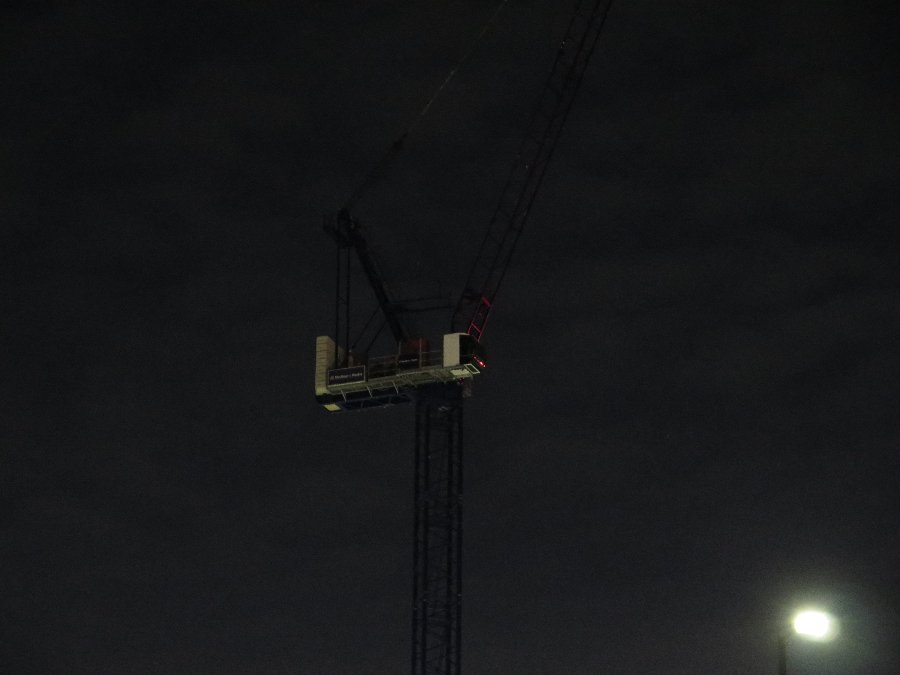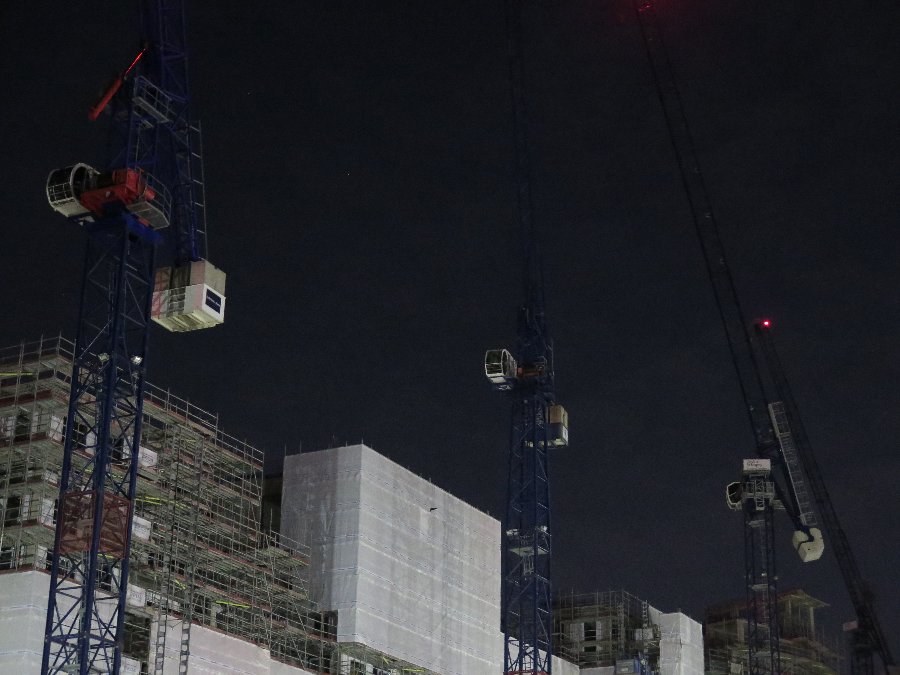What We See 01: Tentstation
/Photo: Joerg Heidemann
WHAT WE SEE is a new series of feuilletons to be published on Elsewhere, born out of a new project inspired by the work of the Austrian-Jewish writer Joseph Roth. On 11 March 2023, the first WHAT WE SEE event was held in Berlin, and the first four essays to be published were read by their writers at Lettretage, along with a discussion around Joseph Roth and his life and work.
Project Editors: Sanders Isaac Bernstein, Julia Bosson, Paul Scraton & Alexander Wells
By Jen Metcalf:
Berlin was once a city of empty spaces. Many were voids created by bombed-out buildings from the war, and a wide scar left by the death strip that sliced the city in half for 28 cruel years. I didn’t move to Berlin, didn’t start “building my Berlin” like a Colson-Whitehead New Yorker, until 2006. But even then – decades after the bombs had stopped falling, the Wall had been chipped away, and the city had stitched itself back together – even then, Berlin was a city of vacancies.
The year I arrived, one of them, a former lido, had become a campsite. Tentstation. It occupied a leafy, paused space smack-bang in the centre of Berlin, right by the shiny new main station. Prime real estate given over to four young Germans on a temporary contract that should have ended after one year, but went on for six.
The lido’s 50-metre pool remained, drained of water, but still blue-painted and with graffiti splashed over the walls. A basketball net had been fixed up in the deep end. The diving blocks and diving boards stood motionless at the edge, waiting for the swimmers to return. Instead, they got young backpackers, local clubbers, and fashion shows. Then the dancers came.
That was us. A patchwork community of lindy hoppers. We were scientists, teachers, office workers, freelancers. We were in our 20s and still new to the city, or in our 70s and part of the fabric since the days of the Wall. Most evenings we could find each other in spaces all over the city and dance the day out of ourselves to Count Basie, Cab Calloway, and all that jazz. A world away from the techno thudding in Berghain or Weekend.
Photo: Joerg Heidemann
Sometime around 2009, we began gathering by the pool on summer Sundays, surrounded by trees heavy with leaves, the needled disco ball of the TV Tower just visible over the top. As we walked down the path from the campsite entrance, the rumble of the city faded, replaced by the DJ’s music weaving through the bushes to meet us. At first just the suggestion of that familiar eight-count beat, the rise and fall of a song. Then hooting trumpets, rolling drums, and Ella singing louder until we were there, at the edge of the pool, its blue floor already part-filled with couples connected in an easy embrace, bouncing and twisting their steps to the beat. One, two, triple-step, one, two, triple-step. On and on in a hundred different variations as the sun set, the fairy lights clicked on, and the night air began to cool our sweat-soaked skin.
After those evenings I would cycle home, breathless and in flight. Soaring past the Reichstag, through the Brandenburg Gate, and down Unter den Linden. All of Berlin’s proudest buildings and boulevards lit up against the ink-black sky, carrying their centuries of history forward in steadfast, unforgettable bricks and mortar that are familiar even to those who have never visited.
Tentstation was never going to join those ranks. They are out of its league. And anyway, it was never meant to survive. After six summers, the actual owners of the land were finally ready to send in the diggers. I never saw the construction site, never watched the heavy machinery in action, but I recently found a photograph online. A still life of a death. A white digger is parked by the pool. Its steel teeth have ripped up the grass where the tents once stood, turned it into mounds of dirt and excavated a mess of cables that might be electricity, or maybe they have been brought there by construction workers – ready to tie around a diving board and rip it out of the ground. The pool’s blue, graffitied walls are torn at regular, blocky intervals that suggest the teeth of the digger’s bucket have been gnawing at it.
When the ground was level and the diggers had retreated, the architects and their team moved in. They built a new, shallower pool, surrounded it with timbered patios, sun loungers, and low-roofed buildings. This is Vabali Spa. It offers Eastern-themed wellness and overnight stays to white-robed, well-off customers. I hear it’s very popular, though I haven’t seen it for myself. This description is entirely thanks to Google Images. A few Christmases ago a client of mine gave me a voucher for a day’s pampering there. It occurs to me now that I must have mislaid it.
And so the void disappeared. Of course it wasn’t the first, and it was small fry by comparison. This is Berlin. The city is laden with places that were once hollow ghosts of the past, now restored to their former grandeur, or filled with bustling office districts, tourist sites, and shopping zones. Potsdamer Platz, Checkpoint Charlie, Alexanderplatz, and all the buildings we dancers flew past as we cycled home beneath the sky over Berlin. Chances are good that you’ve heard of them all. But I doubt you’ve heard of Tentstation.
Photo: Joerg Heidemann
So many parts of a city are never visible to those who don’t live here – never even visible to all those who do live here. My boyfriend has been a Berliner since the 1990s. He is an honest-to-goodness German, not just a card-carrying one like me. And still he had never heard of Tentstation. Why would he have? He has built a different Berlin to mine, one constructed of people I will never know, places I will never remember.
And yet all of Berlin’s small, secret places like the pool live on, even once they are gone. Not because they are so solid a war can’t crumble them, or so important that they will be rebuilt. But because we were there, danced among their graffiti, took care not to step backwards into the deep end, found friends and a skill we never knew we had. They survive because – to borrow again from the great Colson Whitehead – “what was there before is more real and solid to us than what is there now”.
***
Jen Metcalf is a copywriter, translator, and editor who arrived in Berlin in 2006 and accidentally made it her home. Having spent most of her adult life working on other people’s texts, she recently decided to start creating her own. Berlin is a recurring feature in her essays, which she uses to try and understand her place in a city that now feels like a partner in a long-term relationship -- with all the joy, disappointment and compromises that entails.
Photos by Joerg Heidemann, who organised the swing dance evenings at Tentstation (and DJ'd and danced at them, too).






